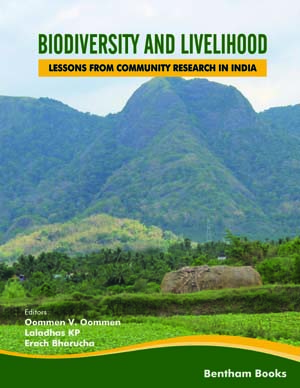Abstract
The chemical and biological diversity of the marine environment with a wide variety of marine organisms are proven to be a very rich source of natural products with biomedical applications. Bioprospecting of marine algae, fungi, sponges and their associated organisms diverse in taxonomy is largely productive and biologically active and thus offer a great scope for the discovery of new biologically active compounds. The present study aims to evaluate the antioxidant properties and neuroprotective activity of fungi isolated from the marine sponge Callyspongia fibrosa. The molecular identification of the fungi by DNA Sequencing and subsequent phylogenetic analysis showed 99% similarity to Aspergillus tamarii. The ethyl acetate crude extracts of Aspergillus tamarii exhibited significant antioxidant activity with an IC50 <200 μg/ml on 2,2-diphenyl-1-picrylhydrazyl (DPPH) assay. In addition, the extracts exhibited Nitric Oxide (NO) inhibitory activity in Lipopolysaccharide (LPS) stimulated RAW 264.7 neuroblastoma cells in a dose dependent manner, indicating that Aspergillus tamarii produces potential antioxidant and neuroprotective compounds.
Keywords: Antioxidant activity, Aspergillus tamarii, Callyspongia fibrosa, Marine bio-prospecting, Neuroprotection.






















